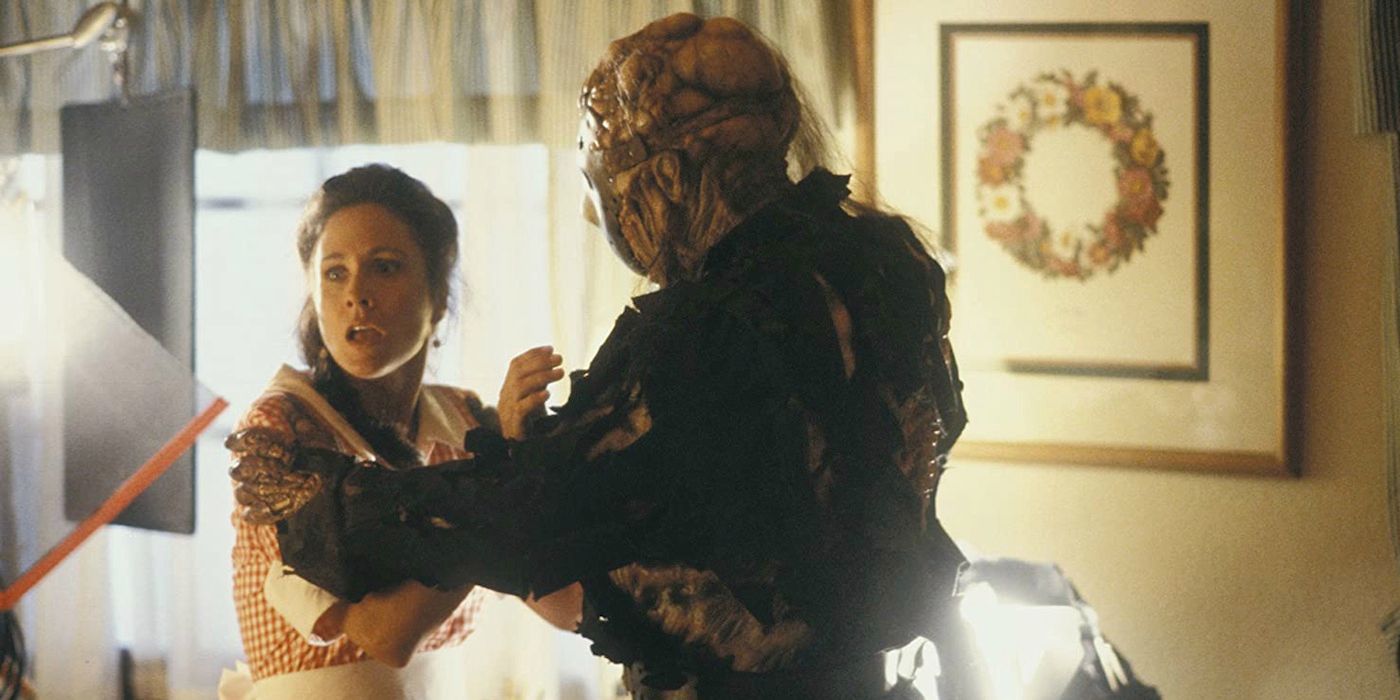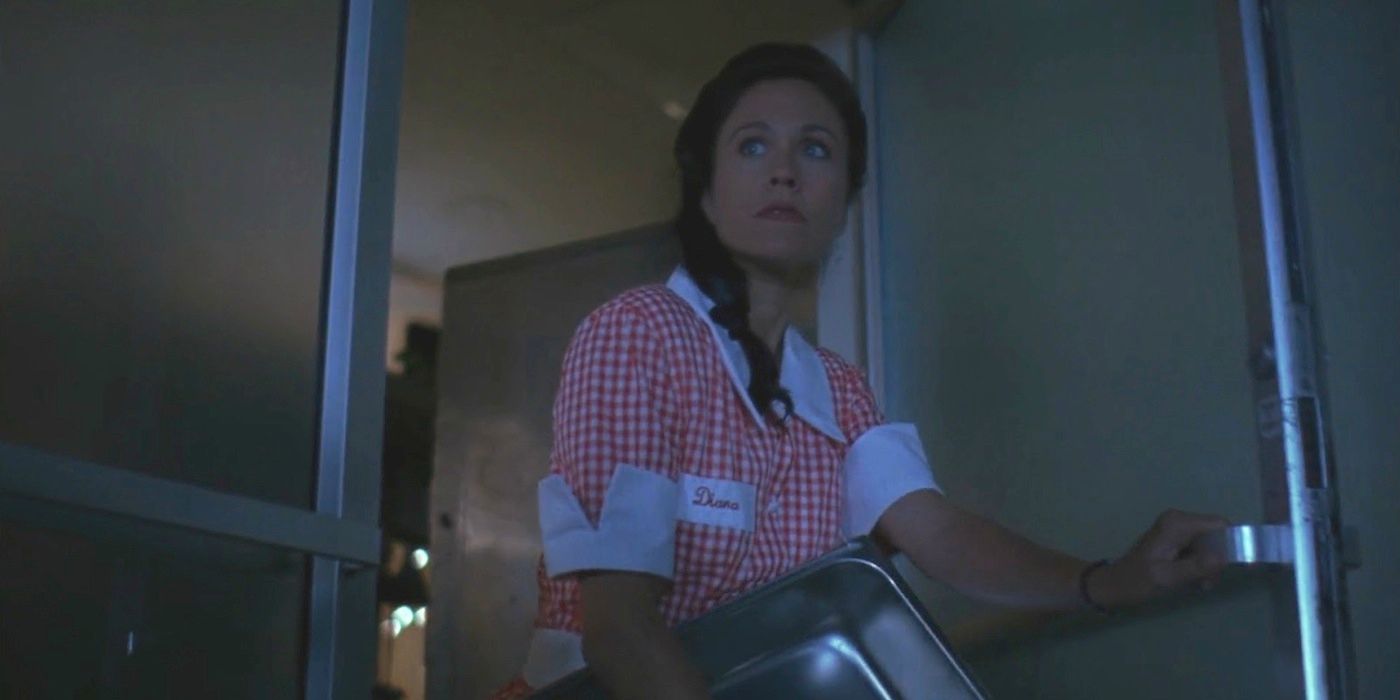Friday the 13th is one of the most important horror series ever made, but one of the final entries, Jason Goes to Hell, needlessly complicates Jason’s well-established roots.
Jason Voorhees' murderous exploits throughout the Friday the 13th films should be mandatory viewing for any fans of the horror genre. The many movies in the series help establish the burgeoning slasher genre and take its frightening madman literally to hell and back. Everyone has a favorite Friday the 13th movie, and even the most unpopular entries still have their die-hard devotees.
The Friday the 13th films get more convoluted and ridiculous with each additional entry past a certain point. However, there’s plenty that hasn’t made sense about Friday the 13th as Jason has faced off against final girls with psychic powers, gone to outer space, and feuded with Freddy Krueger, but the character’s backstory has always been a fundamental aspect of the films. The simplicity and tragedy that surrounds Jason and Pamela Voorhees' roots is part of what makes the Friday the 13th movies so powerful in the first place. However, Jason Goes to Hell messes around with that canon in a very big and disruptive way.
How Jason Goes To Hell Retcons The Killer's Backstory
Amongst the many ideas introduced in Jason Goes to Hell is that Jason is able to be reborn in other people if his body is destroyed, but his preferred host is a living family member. This causes the film to incorporate a slew of relatives for Jason Voorhees, including his half-sister, Diana Kimble. Not only have these characters never been referenced in Jason’s past or the flashbacks that have been provided, but they also go against how the movies have developed Jason. Pamela’s rage in the first film stems over the loss of her only child, and while that’s still technically true here, the addition of half-siblings weakens that message.
Jason Goes to Hell posits that Diana, the daughter of Elias Voorhees, Jason’s father, is born in 1961 to a woman who’s not Pamela, but isn't developed any further. This makes Diana thirty-two when Jason comes in contact with her in the movie, and at this point she already has both a daughter, Jessica, and a granddaughter. These dates technically work since Jason is 11 when he dies in 1957, so it’s not impossible that Elias, who’s already left Pamela at this point, is with someone else. However, the fact that it’s never come up before is what’s so implausible. The Friday the 13th comics have also suggested that Pamela killed Elias, which would make all of this impossible.
More than anything else it feels like an unusual addition; Jason being pitted against a sibling is an embarrassing attempt to crib on Michael Myers’ relationship with Laurie Strode in Halloween. This doesn’t do Jason or Diana any favors, and it paints the Voorhees/Kimble clan in a very unflattering light. In a film that has a demonic hell worm goes inside of Jason and calls the shots, his messy extended family is the most egregious detail in Jason Goes to Hell because it retroactively messes with the previous Friday the 13th films.


